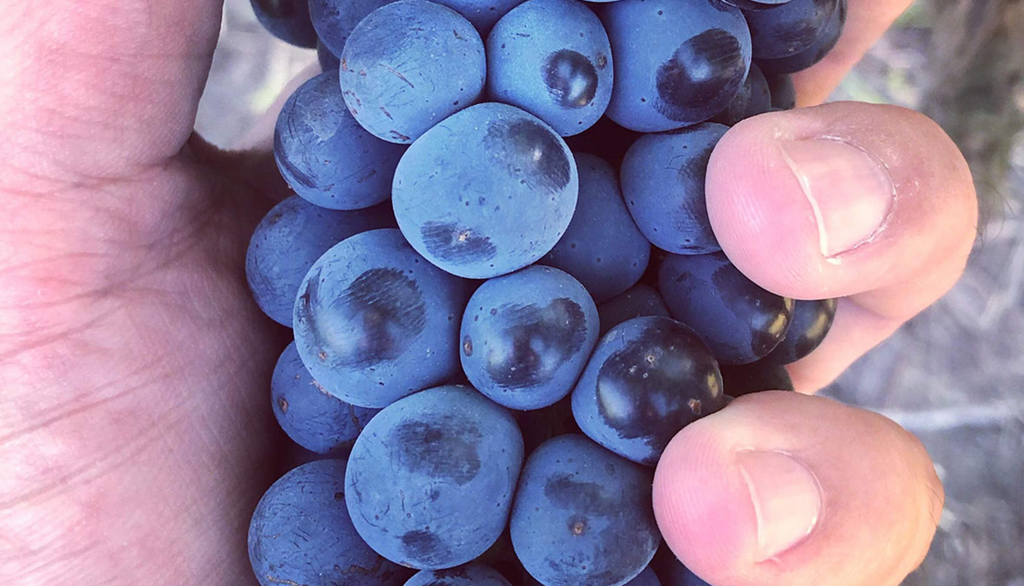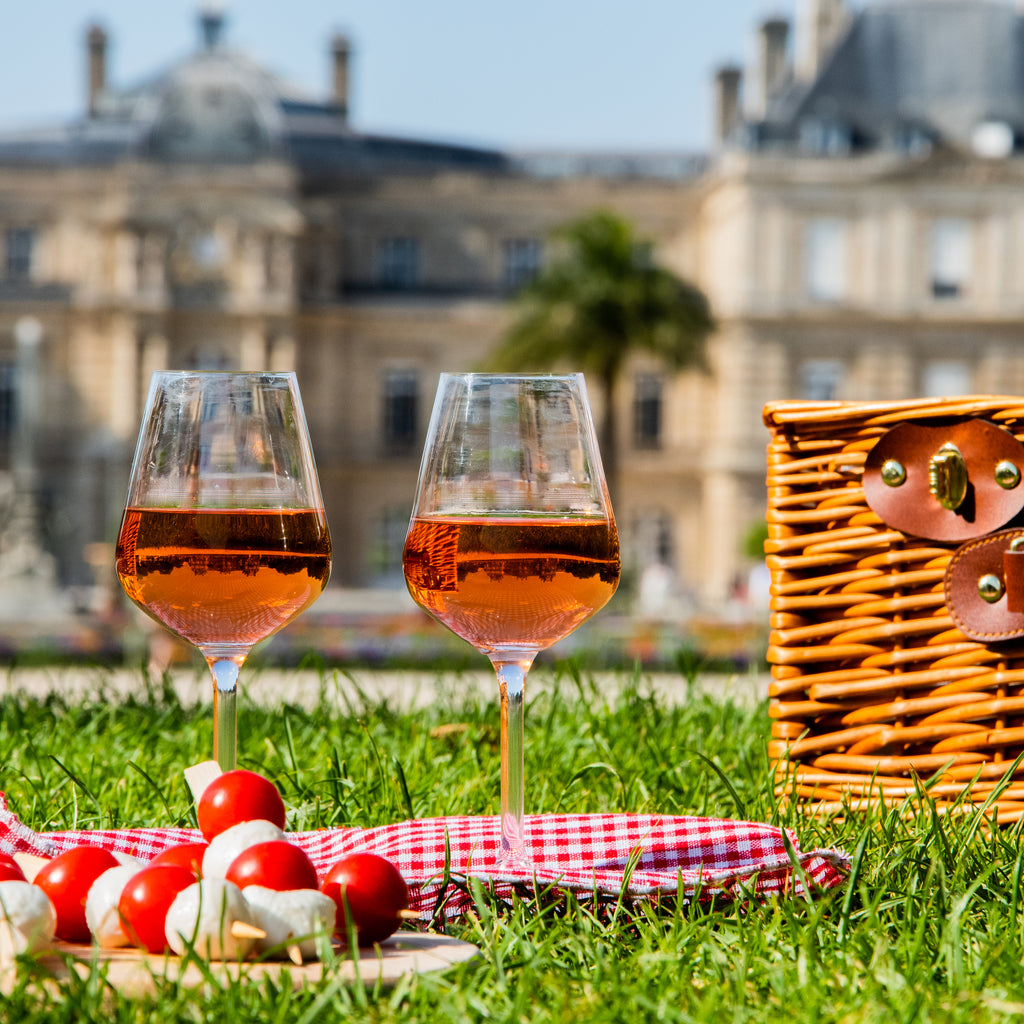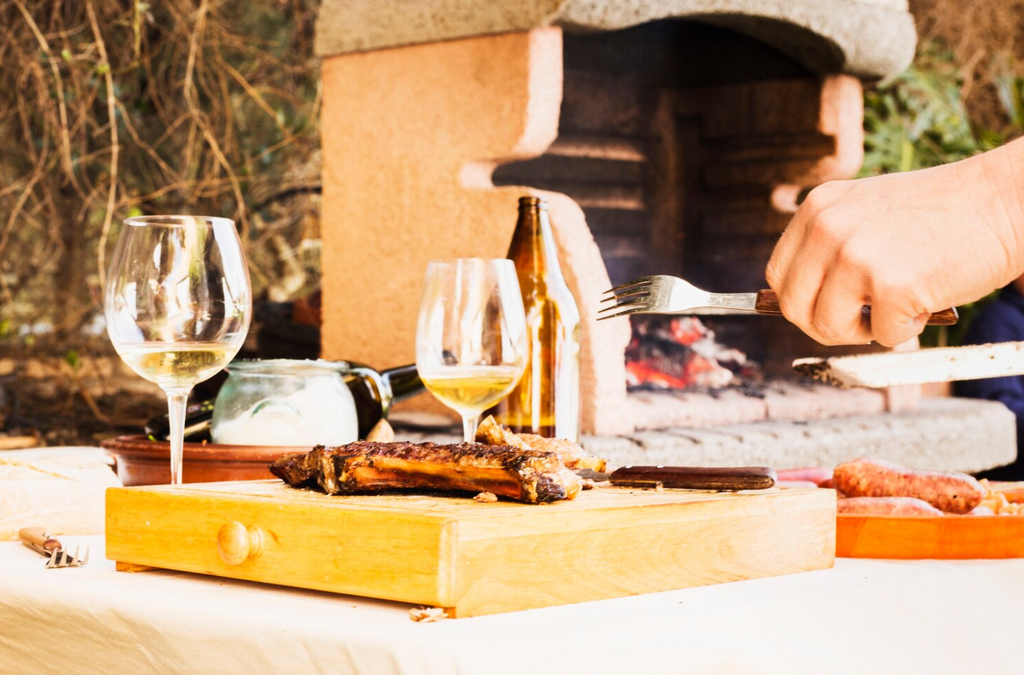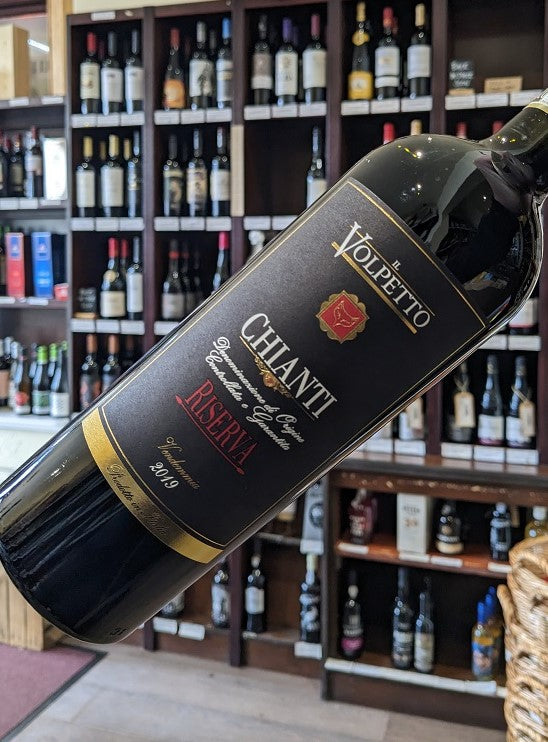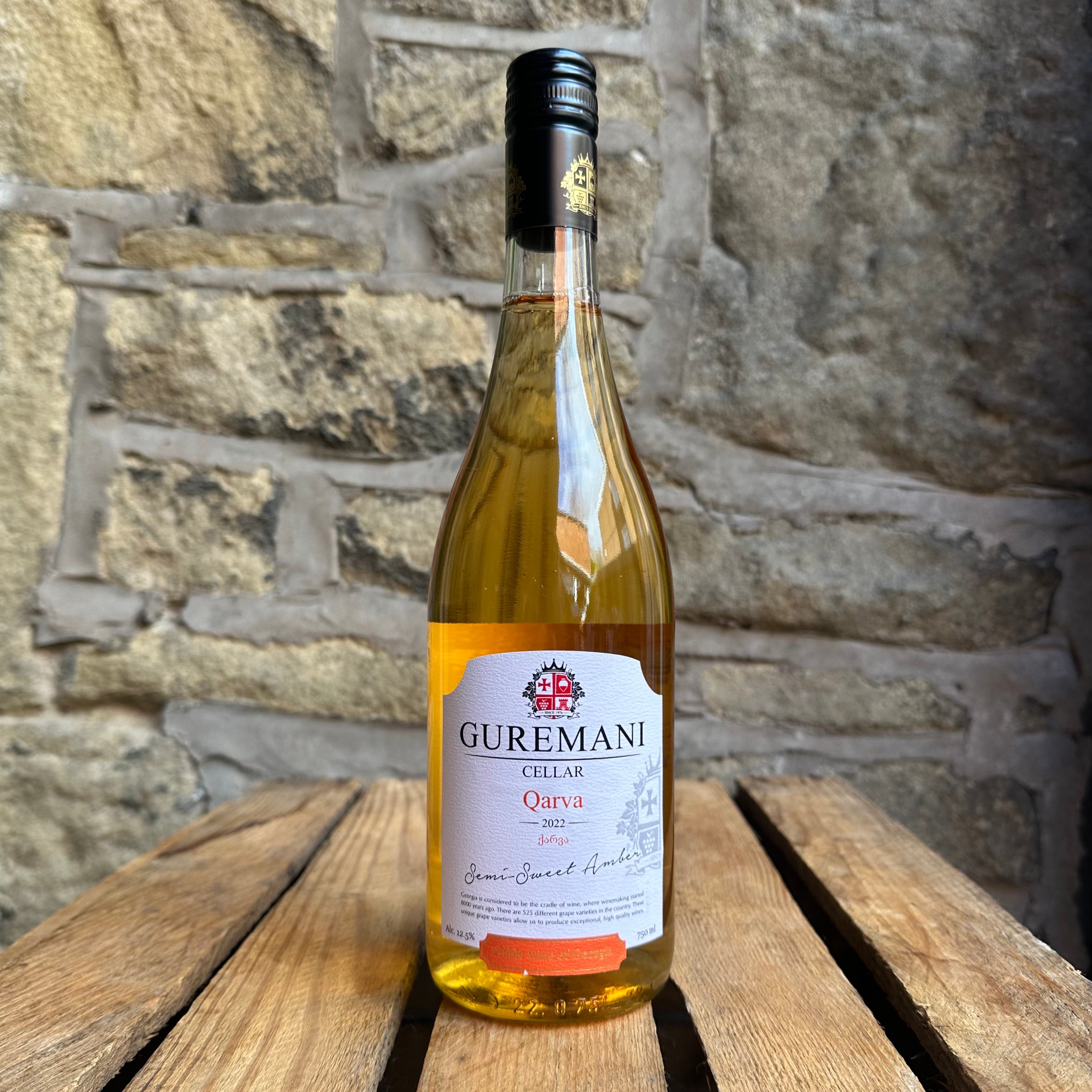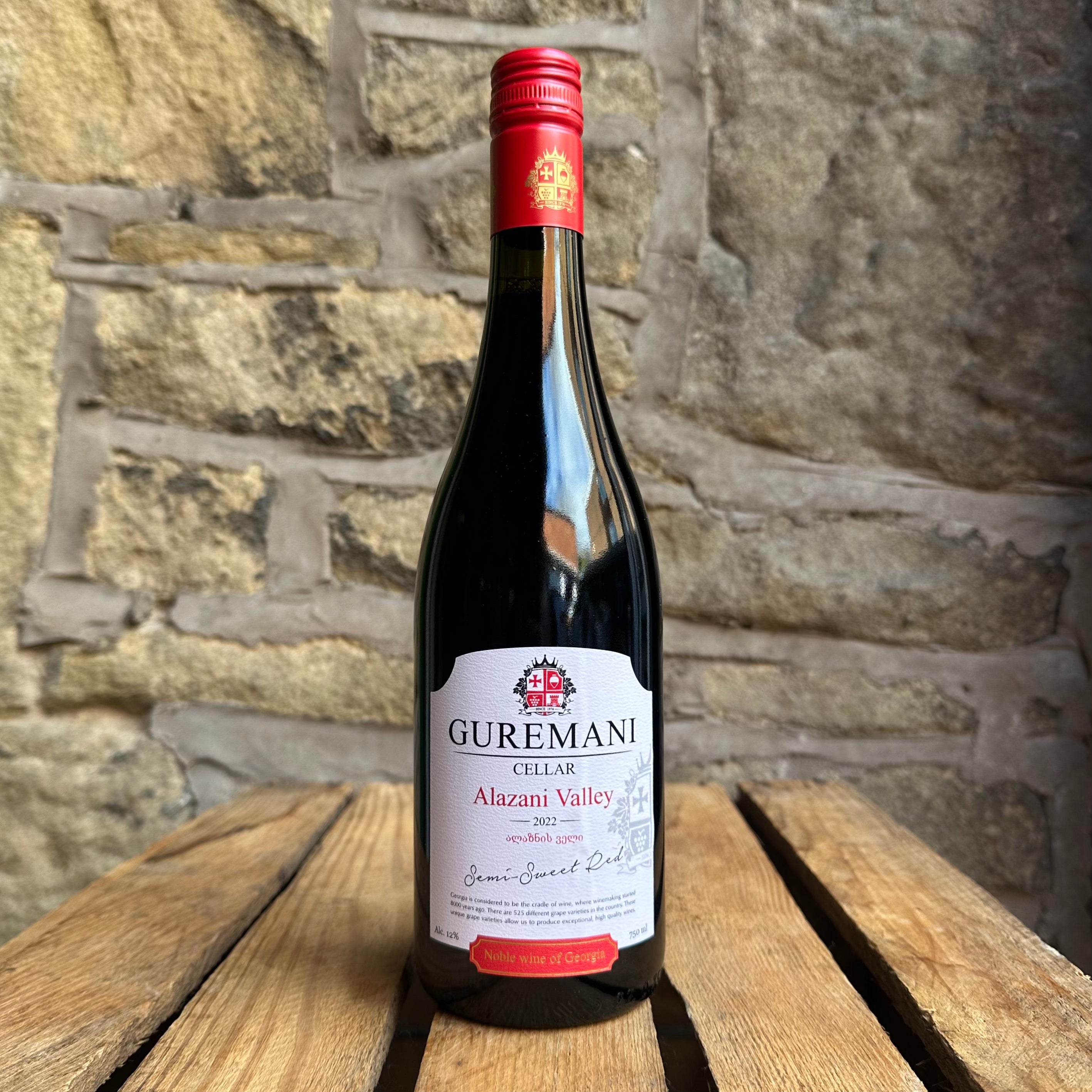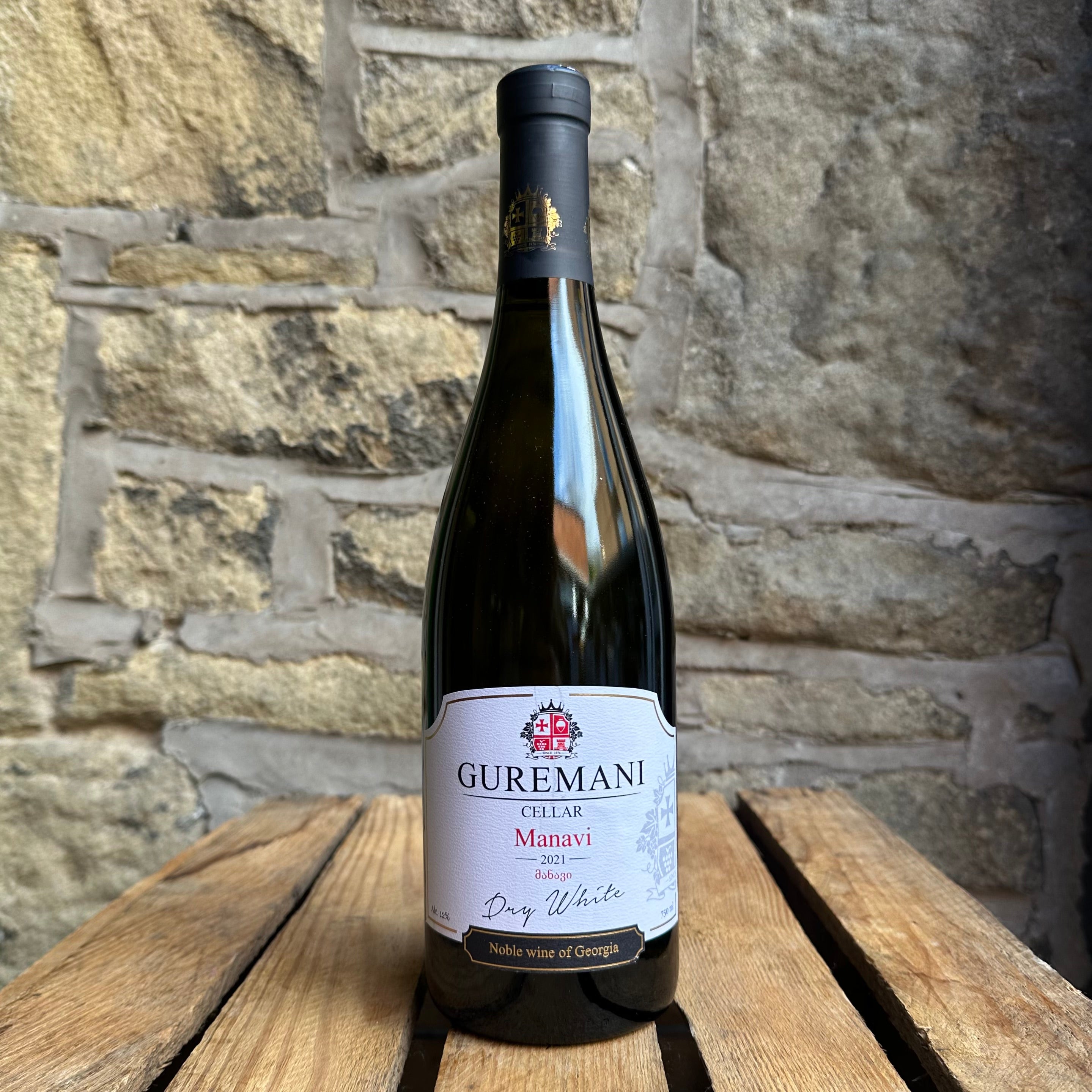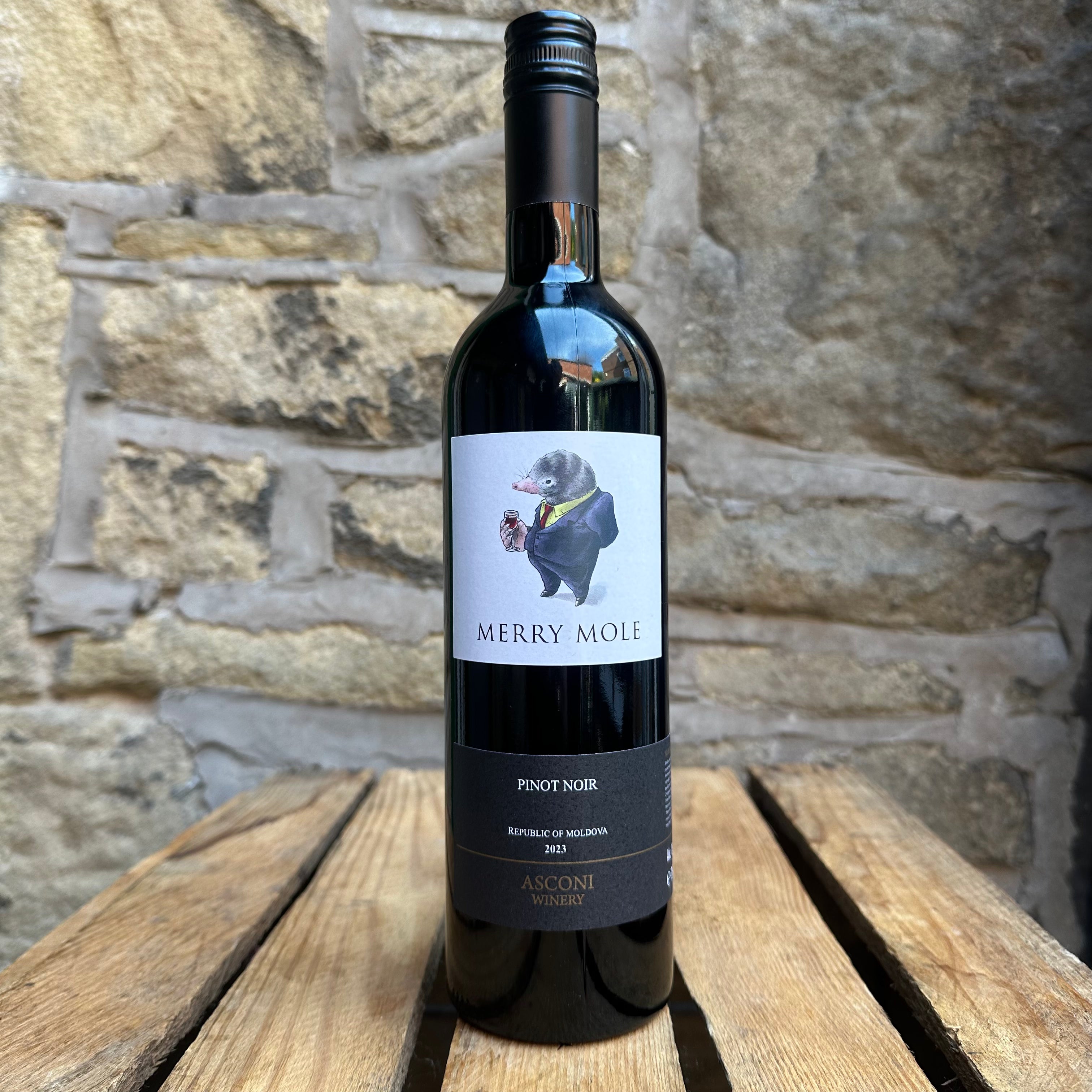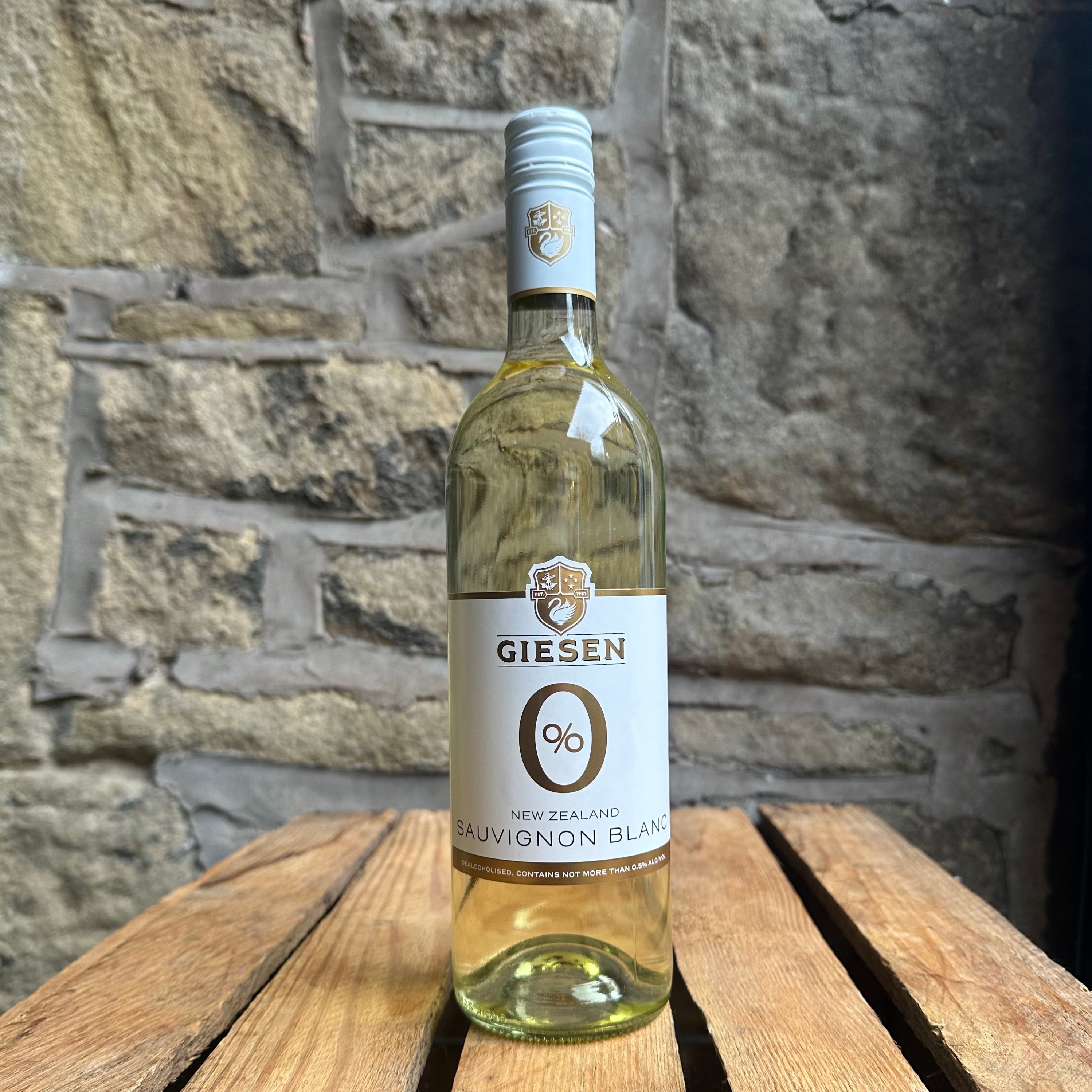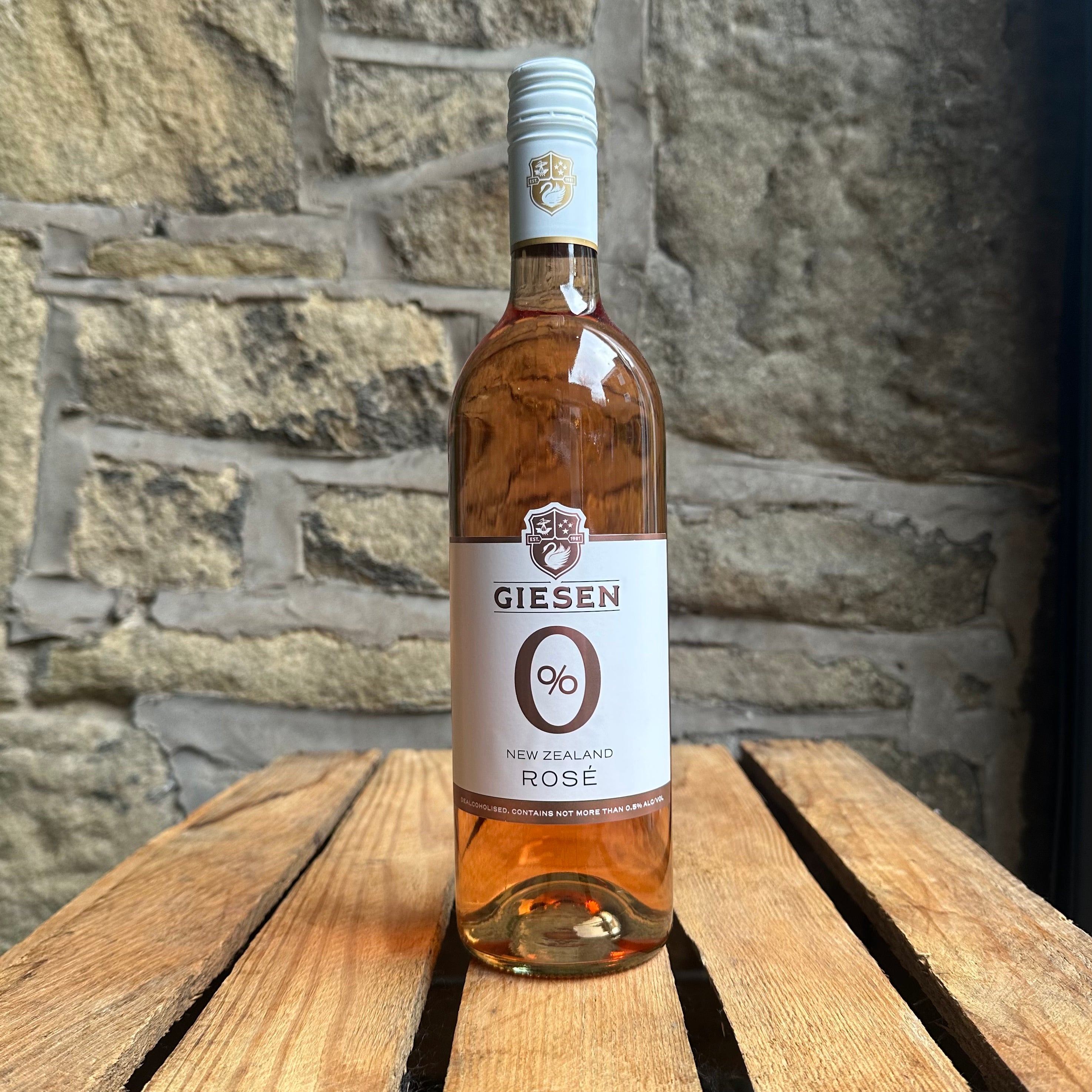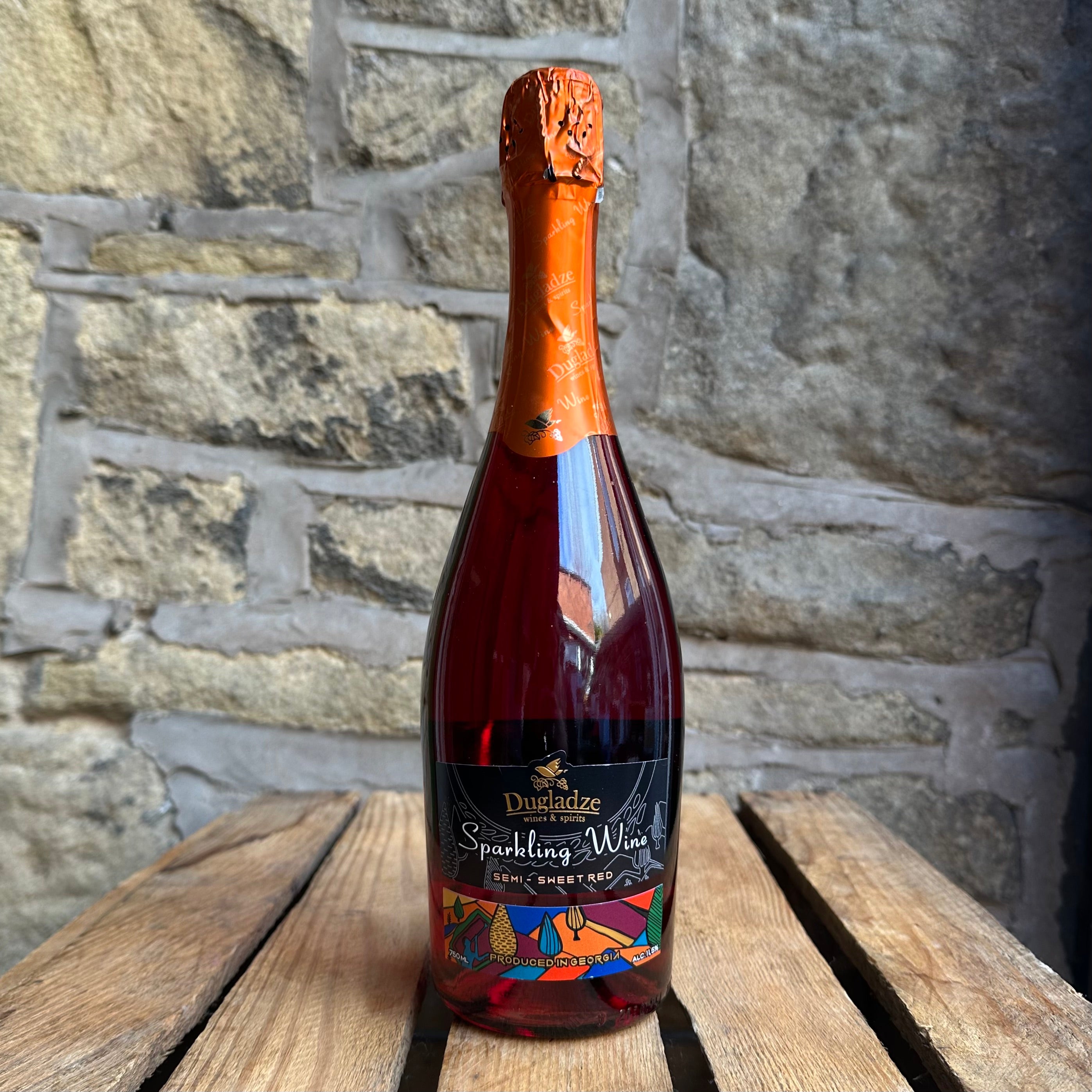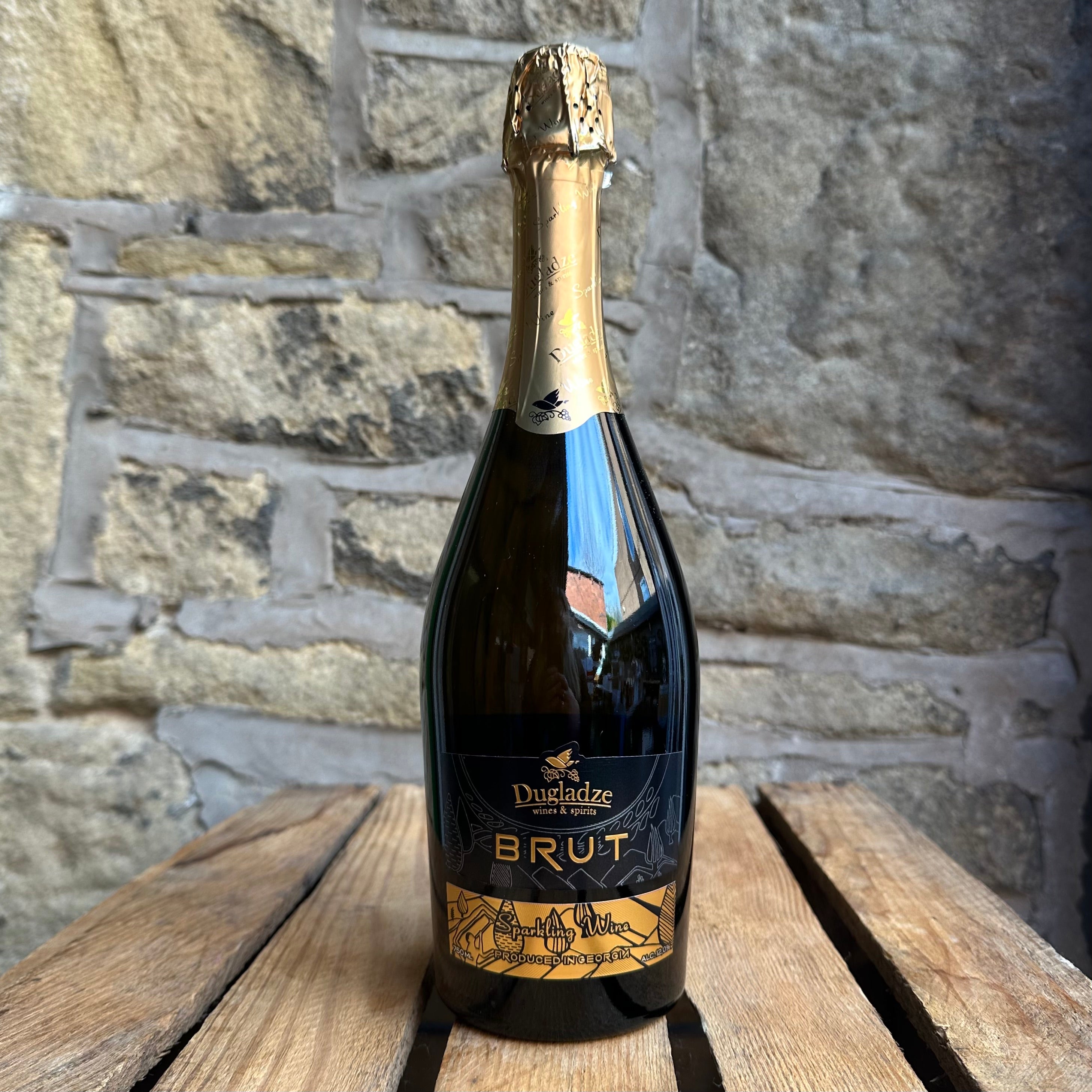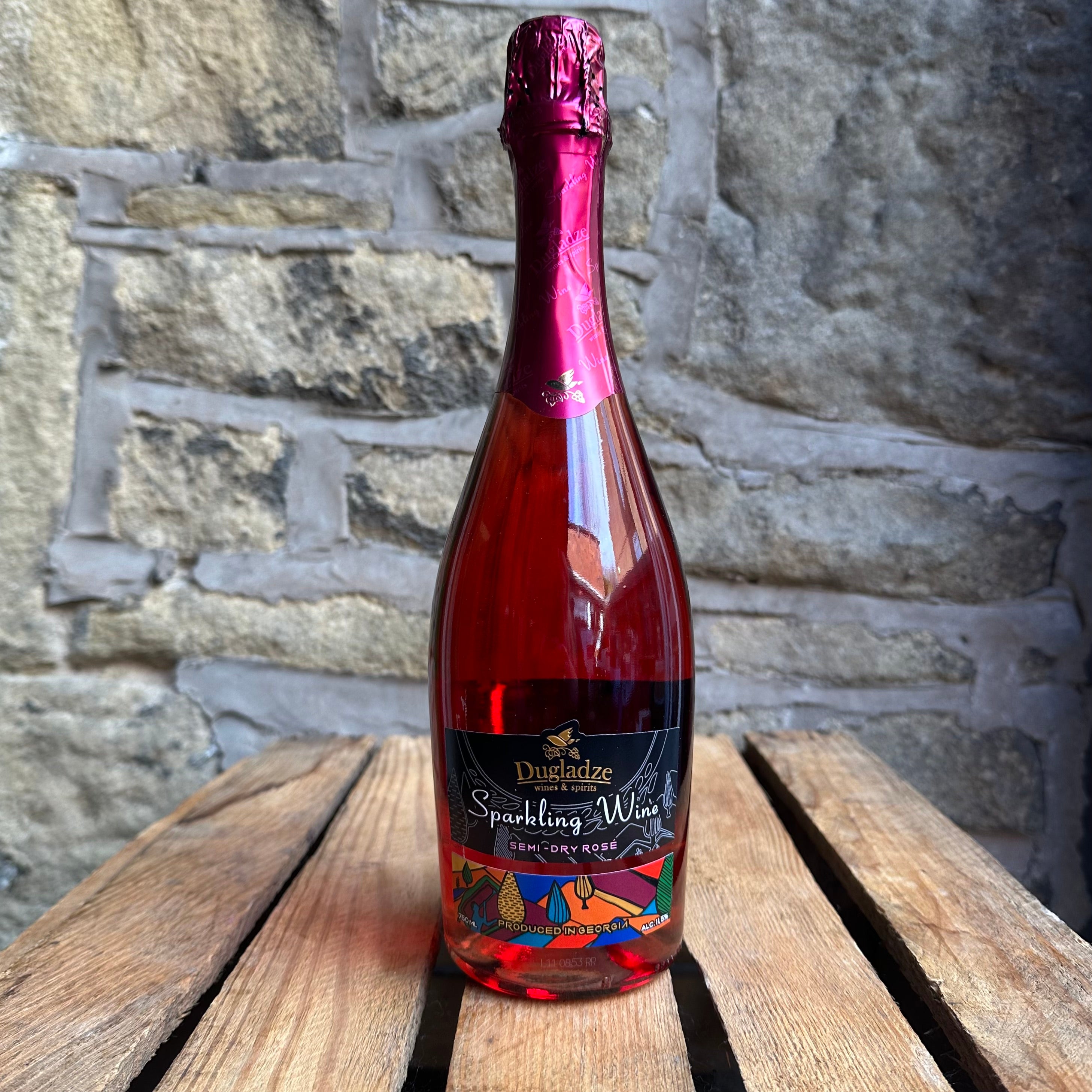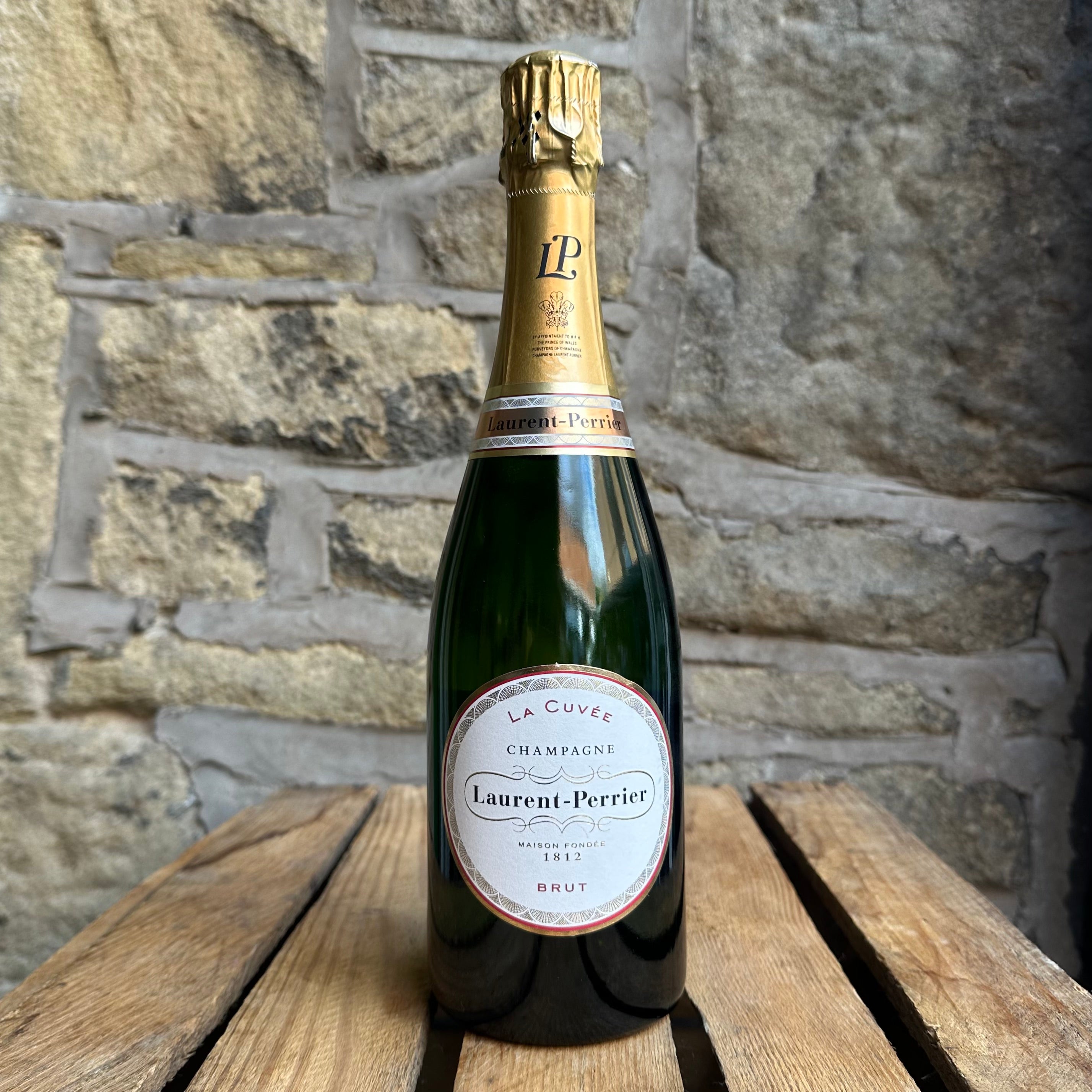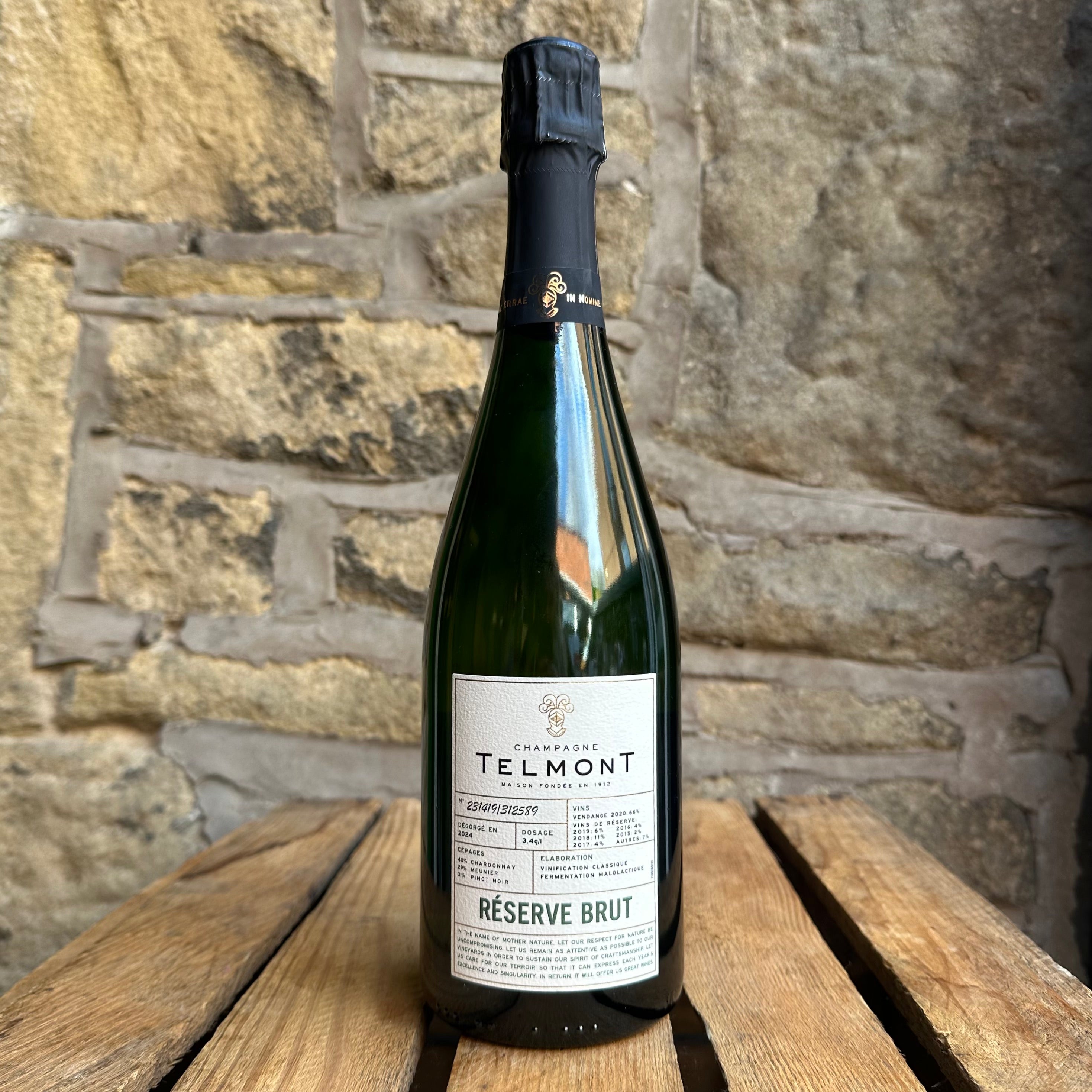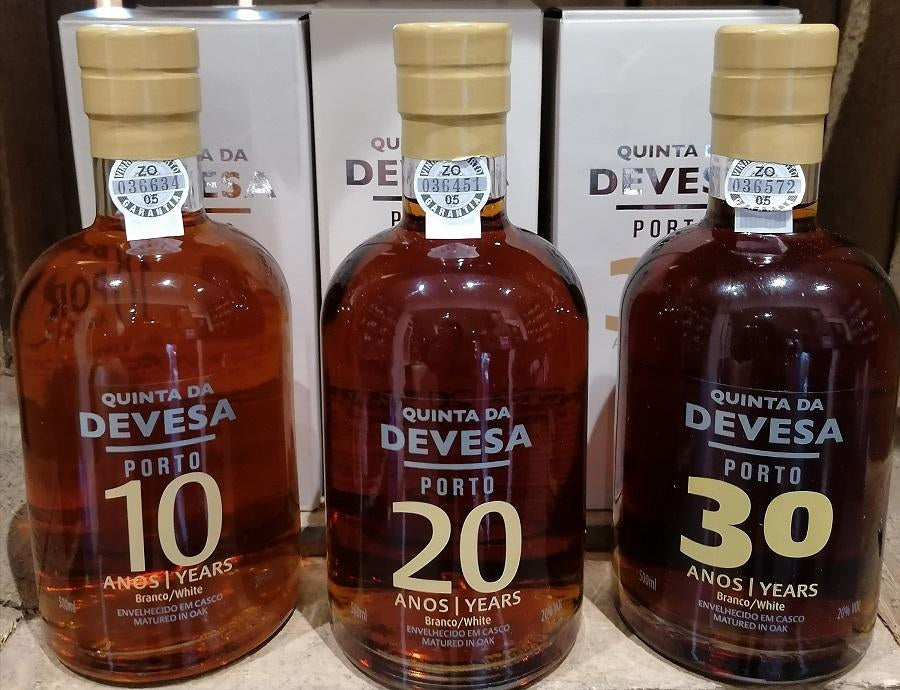
Port Perfection

Port has become a staple of Christmas, perfect to sip in the warmth whilst it's cold outside and famed for pairing with the traditional post-dinner cheeseboard. We take a look at what makes this fortified wine so special and how to spot your perfect tipple.
HISTORY
Port, from of course, Portugal, is produced in the region of the Douro Valley and named after Oporto from where it was regularly shipped to Britain. All the way back in the 17th century during an embargo of French goods, the English were looking for alternatives to the claret they had become accustomed to. Douro wineries (quintas) attempted to come to the rescue, but found their stunning red wines were spoiling far too often on the journey by sea. The solution was to add brandy to the casks and the start of our love for Port wines began.
The steep terraced hills of the Douro Valley region make it excellent for viticulture and the vast range of native grapes meant great wines were being produced. However, it wasn't until the mid-18th century that Douro was officially established as (one of the first) wine regions with official governing of the trade which helped to protect Douro growers and winemakers, and put in place stricter production methods to ensure quality and fairness.
By the 19th century, particular vintages of port wine were highly prized. Although most were drunk young, there was a pricey auction market for the finest and oldest of the best vintage years of production. The renowned phylloxera that blighted vineyards across Europe in the late 19th century harmed port production equally, but on recovery (helped by the acceptance of the previously controversial vine grafting method in Portugal) the trade surged due to decline in production in other European countries and its fortified state helping longer export travel.
The 20th century brought the need to define port as only from Portugal due to the appearance of inferior products from other countries to try and take advantage of the healthy market. By the mid-20th century regulations went further with defined categories for ruby, tawny and vintage ports not only defining origins, but also production methods to be authentic.
The opening up of other options for consumers after the second world war meant the port trade started to decline from its peak, but a level has been maintained ever since. EU membership in the late 20th century has also helped sustain it by providing more control to producers and room for smaller businesses to join the industry,
PRODUCTION
The brandy fermented with port wines ensures its fortified long life and is allowed to make up to 20% of total volume. This also allows quicker in-bottle fermentation whilst at the same time ensuring longer bottle life. Some of the best vintages can take a whopping 50 years to reach what is regarded as their peak.
As with dry red wines from Portugal, port wines are made of blends of native red grapes. The most common are Touriga Nacional, Touriga Franca, Tinta Barroca and Tinta Roriz. Each bring their own unique personality to the mix and when it comes to the finest ports, the diligence of master blenders is required.
Most ports require long oak ageing and use the Solera maturation system, where part of the wine is transferred through time to older and older barrels for peak smoothness, concentration and flavour. The system also helps to provide consistency of the port produced, with careful timings and blend changes along the way. All port wines undergo important bottle ageing following this.
TYPES OF PORT
Ruby Port is the most common and is a blend of several harvests spending 2-3 years in steel or wood. The simplest form and typically fresh and fruity with lots of sweet berry flavours. Magalhaes Special Reserve Ruby Port is made with grapes from vineyards classed as the best in the Douro Valley. This fine port shows an elegant bouquet of red fruits with fresh, smooth flavours on the palate and a smooth finish. Excellent to accompany hard cheeses or with dark chocolate-based desserts.
Tawny Port is named due to its colour and is generally much drier and nuttier than Ruby. This is due to longer wood ageing, with mixed harvest blends from a single year spending a minimum of 6 years in oak before bottling. Typical flavours include dried fruit, nuts, subtle spice and leather. Magalhaes Tawny Reserve again uses carefully selected grapes from the best vineyards, matured in French oak barrels for 7 years. The result is elegant complexity, with flavours of almonds, ripe berries and subtle dark chocolate. Although based in Scotland, Port of Leith Distillery have sourced a port from the Douro Valley producer who provides them with their Scotch maturation casks. Martha's Family Estate have grown grapes and produced wine since 1727 and their Port of Leith Reserve Tawny has been matured for 6 to 8 years. A rich, vibrant nutty wine with glorious red fruit characters.
Aged Tawny Port is exactly as it sounds - a blend of the highest quality selected single year harvests spending much longer in oak. The average age of the mix is always denoted on the bottle; 10, 20, 30 or 40 years. Master blenders are required to create divine tawny ports, with typical stewed fruit flavours, baking spices and vanilla. Beautiful Quinta do Sagrado 10 yr Tawny has a great smooth and balanced texture with intense aromas of dry fruit and full body.
Quinta de Devasa have created a modern and unique range of Aged White Ports and bring us their full range: 10, 20 & 30 year old. Similar in colour to Tawny due to long oak ageing, they are made from selected white grape blends. All beautifully presented in presentation boxes, they have helped make Quinta da Devesa a leader amongst aged white ports on the market. Moving with age from a clear golden, to amber, to dark golden colour, all have intense aromas and flavours. The 10 year old brings dried fruits, vanilla and spices with a fresh and lasting finish. The 20 year old presents rich notes of almonds and honey on a soft, velvety palate. And the 30 year old reveals dried and stewed fruits on a soft, full palate with the most lingering pleasant finish.
LBV stands for Late Bottled Vintage and uses wines taken from single year harvests aged for 4-6 years in oak. These are usually wines that did not quite make the cut for Vintage Port, but are still exceptional. Typical flavours of ripe and jammy dark fruit (charry, blackcurrant), chocolate, oak spice and liquorice make LBV Ports very special and able to age further in bottle for long periods. Barao de Vilar LBV 2014 is made from full, rich and fruity wines from a single year. Intense with depth of flavour and a powerful, attractive bouquet, it is bottled using the same technique as the Vintage Port, unfiltered, to retain as much character and depth as possible. In line with the best, it is ready to drink now but will develop further in the bottle for up to 10 years.
Vintage Ports are top of the price list and for very good reason. Taken from single harvests and only in excellent years, they make up only 2% of overall port wine production. 2-3 years in oak seems low, but the brilliant ability to ferment in-bottle mean these ports can spend a further 15-50 years reaching their prime. The richest and fruitiest of all with a multitude of complexities, fullness, spice and pepper alongside the rich berry fruit.
Finally, a modern addition to ports are White and Pink. These are very youthful and pure, designed to attract those looking for a refreshing, light drink, Traditionally mixed with tonic, ice and optional garnish, the white ports bring grape and citrus to the fore, whilst pink ports bring luscious red berries. An excellent summer alternative. Magalhaes White uses 40% of grapes matured in French oak. Displaying a floral aroma and elements of quince and jam, it is a pleasant and refreshing wine Magalhaes Pink is a youthful oak-aged wine showing aromas of balsamic vinegar and red fruits. Lively on the palate with soft tannins, it partners well with cheese, nuts and sweet desserts or an aperitif for light cheeses.


